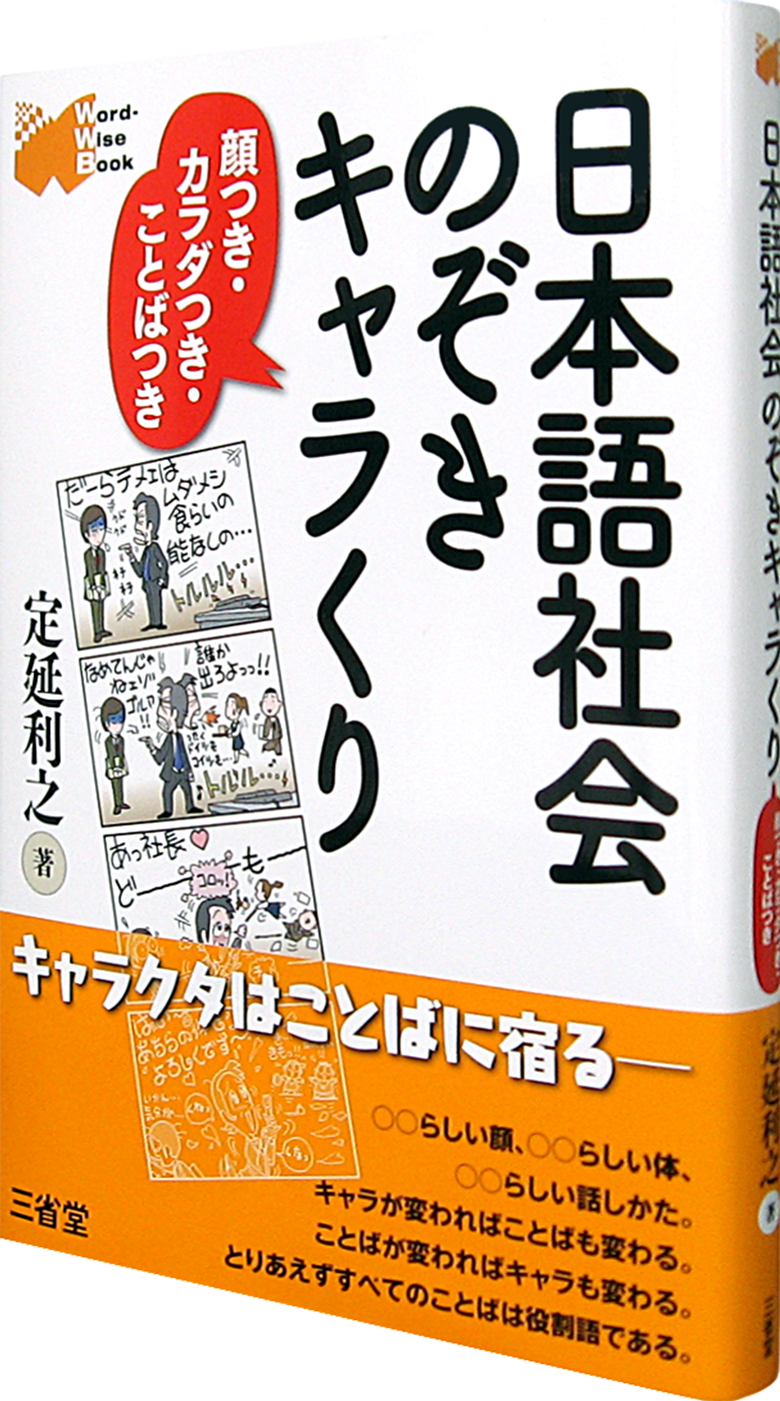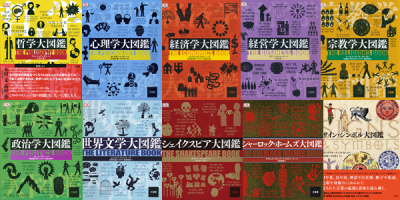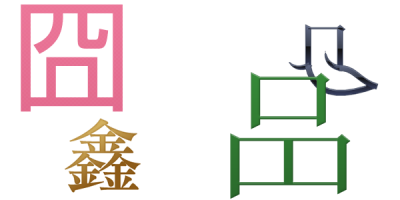
Previously we talked about “men,” “women,” “class,” and “status” (parts 64 & 65). Today, we will look at one more large difference between [Japanese] “men” and “women” that is unrelated to class or status—well, actually there probably is some connection.
The difference is that “women” in particular prefer uninflected sentences.
For example, if it begins to rain, only a “woman” or “child” character would normally say “A, ame” (Oh! it’s raining! [uninflected])(1). At the very least, this is not a very “masculine” turn of phrase. In the sentence “A, ame” the noun ame acts as the predicate. As the lone noun is the most archetypal form of uninflected language, the sentence as a whole is uninflected.
Even if we overlook the question of whether a man would say “A” (Oh!) in this case, he would probably say “Ame da” (it’s raining) rather than just ame (rain). The addition of the auxiliary verb da(2) to ame prevents this from being an uninflected sentence. This is what I mean by saying that only “women” in particular prefer uninflected sentences.
This is also the case when telling people about the weather outside. A “woman” will say “Ame yo,” while a “man” will add the auxiliary verb da—“Ame da yo.” In even more “masculine” expressions, such as “Ame da zo,” or “Ame da ze,”(3) the auxiliary verb da is always added. When the other person agrees with this, saying “Soto wa ame da” (it’s raining outside), a “woman” will say “Ame ne,” while a “man” will again add the auxiliary verb, saying “Ame da ne.”(4) Once again, in the even more “masculine” expression “Ame da na” too, the auxiliary verb da is added. (Here we will not touch on the differences between yo, zo, ze, ne, and na.)
This remains true in the case of adjectival nouns, in which nouns are distinguished from the noun being used as an adjective by adding na, as in “kiree na iro” (a beautiful color), or “taihen na jitai” (a terrible situation). In a “woman’s” uninflected sentences, these become “Iro ga kiree” (The color is beautiful) and “Maa, taihen” (how terrible!). Ignoring for the moment the question of whether a “man” character would say something as romantic and embarrassing as kirei or would admit something was taihen, he would certainly add the auxiliary verb—“iro ga kiree da” and “taihen da.”
What about cases in which the predicate of the sentence is a verb? When children ask, “Kamakiri tte tobu?” (Can praying mantises fly?), would you answer “Tobu yo” or “Tobu no yo” (Yes, they can fly [emphatic])? A “man” would have trouble saying “Tobu no yo,” while a woman would prefer this expression.(5) The verb tobu (fly) is an archetypal inflected word. In other words, even though it is not compatible with uninflected language, adding the particle no makes it seem uninflected.(6)
This is similar in the case of adjectives too. In response to the question “Kore atsui?” (Is this hot?), the response “Atsui no yo” (it’s hot!) sounds more “feminine” than “Atsui yo.”
The use of no is not the only method “women” use to make their sentences seem uninflected. They also add mon/mono.(7) For example, when a student explains why he will be absent from class because of a headache, it would sound “unmasculine” for him to say: “Kyoo wa kesseki yo. Atama ga itain da mon” (I’ll be absent from class. My head hurts. [emphatic]). When a man is upset, he would say “Sore wa taihen da,” while a woman might add koto—“Sore wa taihen da koto.” However, these particles which make sentences more “feminine” and less “masculine”—no, mono, and koto—are commonly used at the ends of sentences: “Sore wa ano hito no desu” (That’s that person’s). “Sore wa ano hito no mono desu” (That’s that person’s property). “Sore wa ano hito ga shita koto desu” (That’s [the action] that person performed). As we can see, the essential role these particles play as nouns (or quasi-nominal particles) remains, and thus these examples all have a strong uninflected essence.
* * *









(1) “Ame” is actually just noun “rain,” so this sentence would literally translate as “Oh! Rain!”
(2) The auxiliary verb da can be roughly likened to the verb “to be” in English. So “Ame da” would literally translate as “[There] is rain,” or in more natural English, “It’s raining.”
(3) The sentence-end particles “yo,” “zo,” and “ze” are all used to add speaker’s attitude. While “yo” is used by both men and women, “zo” and “ze” are almost exclusively used by men.
(4) Here, the sentence-end particle “ne” and it’s more masculine counterpart “na” are used to express agreement with what the other party has said.
(5) As hinted at here, “no yo” is a pattern used more by women than men, and expresses an emphatic assertion.
(6) Perhaps because adding “no” to a verb “converts” it into a noun, like the gerund in English.
(7) Adding mon, mono, or koto to the end of a sentence makes it an emphatic assertion.